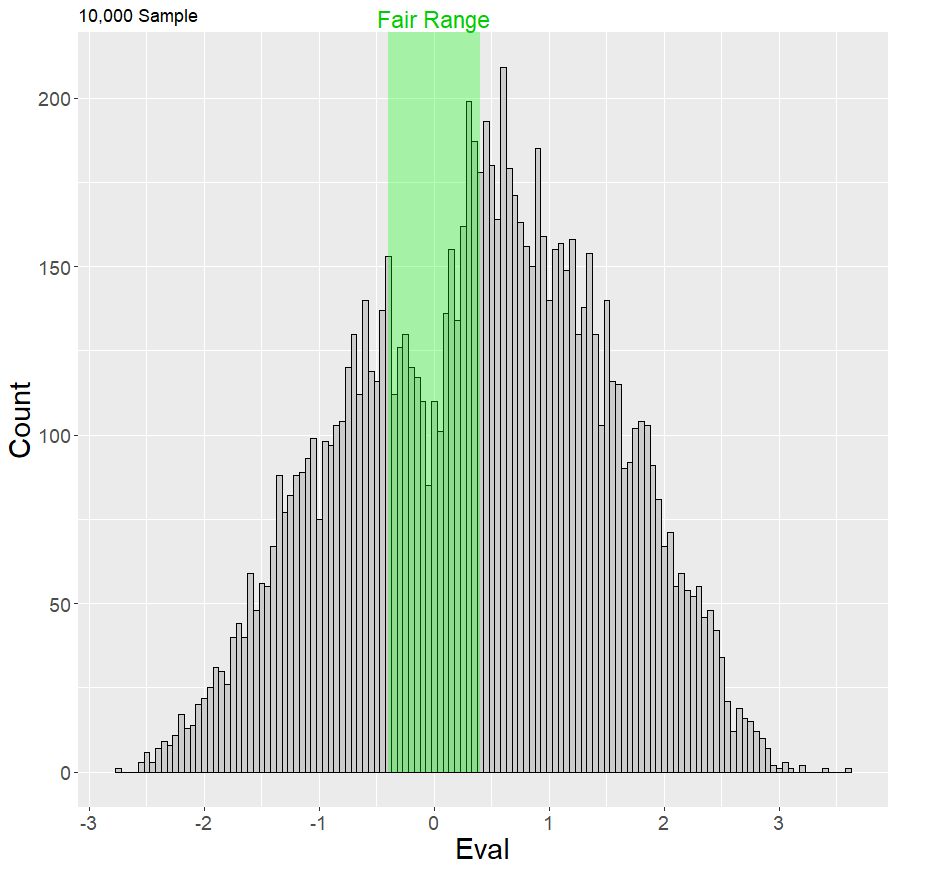What Is J-Chess?
J-Chess (Jumble Chess or Jukes Chess) randomises each side’s back rank (bishops must be on opposite colours), keeps pawns in place, and drops castling entirely. Unlike Chess960 the two sides are randomised independently, so they usually start with different piece orders—hugely increasing variety.
How Many Positions?
One side has 2,880 legal back‑rank arrangements (with opposite‑colour bishops). Randomising both sides independently yields 2,880 × 2,880 = 8,294,400 possible starting positions—over eight million.
Fair Positions
A sample of 10,000 random starts (Stockfish 17.1, 1 second each) showed about 22% fall within ±0.40 pawns, so roughly 1.8 million of all positions are “fair”. The **Fair J‑Chess** button keeps sampling and briefly evaluating positions until it hits one in that band. With ~22% fair you usually get a balanced start within a handful of tries.

This removes opening book prep: the pool of fair, unfamiliar starts is massive.
Why I Made This
I’m not keen on deep opening memorisation. Chess960 helps, but you can still prepare a modest subset even lightly. If it is possible, the top players will do it. Here the sheer number of balanced starting positions makes prep pointless. Dropping castling and independently randomising each back rank boosts variety further. I felt it was important to have independent randomising. Not just for greater variety, but to make sure that the kings don't always face each other. Without castling this would result in lack of opposite-side castling. With independent randomising, the kings can be in completely different locations. Or they could both be tucked away safely. Each side has different pros and cons. That's why I like J-Chess. You never know what you are going to get and you must handle what you have been given, safe in the knowledge that the position is roughly equal.